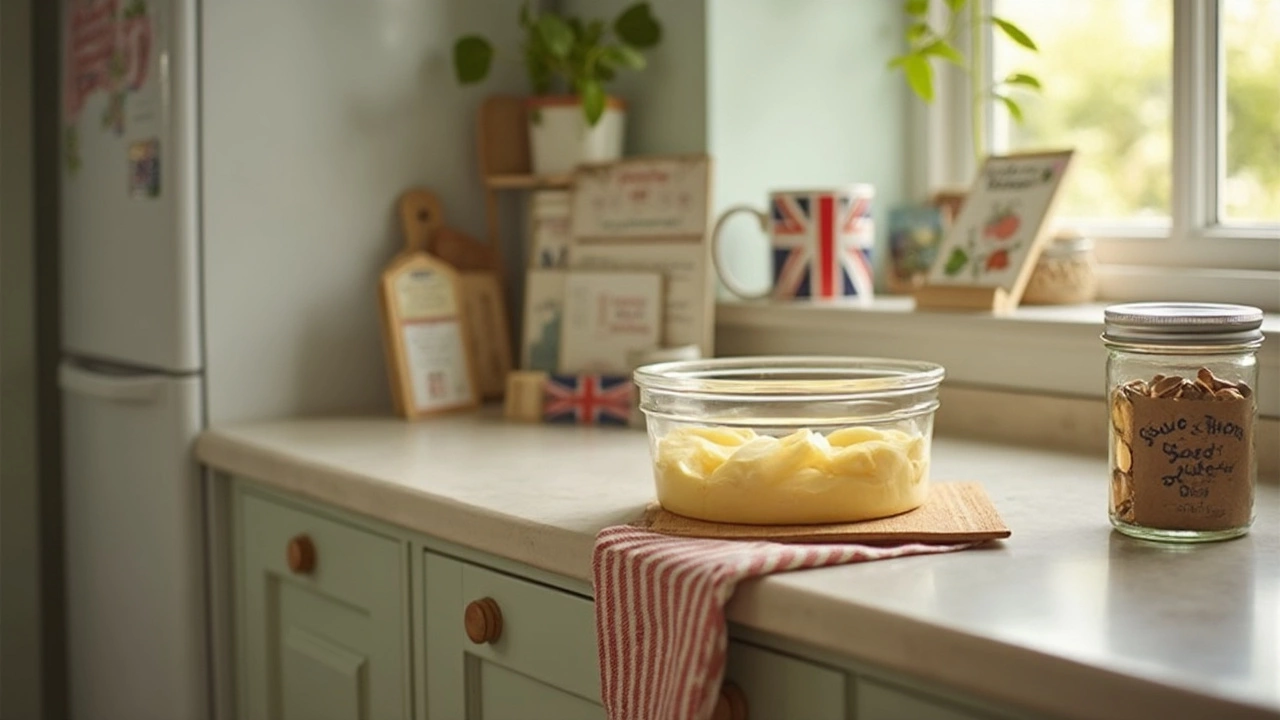How to Freeze Dairy and Keep It Delicious
Freezing dairy might sound scary, but it’s actually a simple way to stretch your groceries. Milk, cheese, yogurt, and even cream can last months in the freezer if you follow a few easy steps. Below you’ll find the basics for each type, plus tricks for using frozen dairy in everyday recipes.
Milk and Cream: Quick Freezing Tips
Milk freezes well, but it does change texture a bit. The fat separates, so the liquid can look grainy when you thaw it. That’s fine for cooking, baking, or making smoothies. Pour the milk into a clean, airtight container, leaving a little headroom for expansion. If you have a large jug, consider splitting it into smaller bags – that way you only defrost what you need.
For cream, the same rule applies. Heavy cream holds up best because of its high fat content. Light cream may turn watery, so use it in soups or sauces after thawing. Remember to shake or stir the container once it’s fully thawed to bring the fat back together.
Cheese: What Freezes and How to Store It
Hard cheeses like cheddar, parmesan, and gouda freeze without major issues. Grate them first if you plan to use them later in sauces or toppings – shredded cheese thaws faster and stays crumbly. Soft cheeses (brie, cream cheese) can become crumbly, but they still work in baked dishes or dips. Wrap cheese tightly in plastic wrap, then place it inside a freezer bag to keep air out.
When you’re ready to use frozen cheese, let it sit in the fridge for several hours or overnight. It will melt nicely in a grilled cheese, pizza, or casserole. Don’t expect the same slice‑ability as fresh cheese, but the flavor stays true.
Yogurt and Other Cultured Dairy
Yogurt freezes well, especially the plain or Greek varieties. Stir the yogurt before freezing to smooth out any lumps. Use freezer‑safe containers and label them with the date. Frozen yogurt works great in smoothies, baked goods, or as a topping for hot desserts like brownies.
If you freeze flavored yogurts with fruit chunks, the fruit may become soggy when thawed. That’s okay for a smoothie, but if you want a firm texture, stick to plain yogurt for freezing.
Practical Tips for Thawing and Using Frozen Dairy
Always thaw dairy in the fridge, not on the counter. This keeps it at a safe temperature and prevents bacterial growth. Small portions will defrost faster, so plan your meals ahead of time.
When you’re ready to bake, you can add frozen milk or cream directly to hot batter – just add an extra minute of baking time. For sauces, pour the thawed dairy into a warm pan and whisk continuously to avoid clumps.
If you find the texture a bit off after thawing, blend the dairy in a blender or food processor. The extra mixing smooths out any graininess and gives you a usable product for drinks or desserts.
Freezing dairy saves money and reduces waste. With these simple steps, you’ll have milk for your morning cereal, cheese for a quick pizza, and yogurt for a healthy snack even when the store runs low. Try it out and see how easy it can be.






